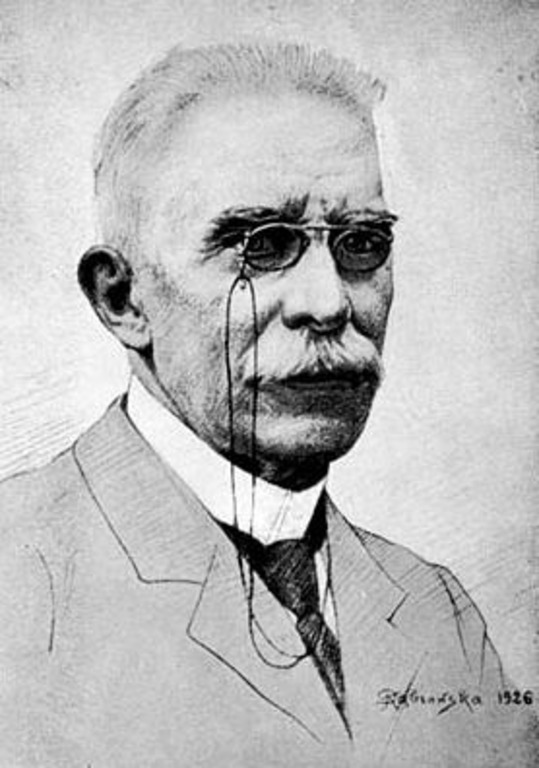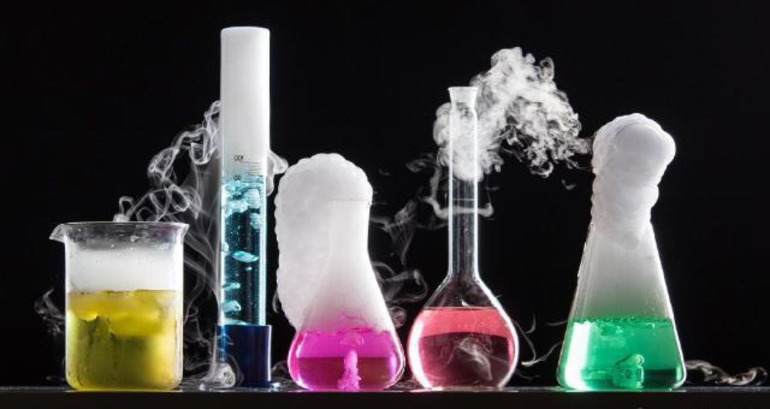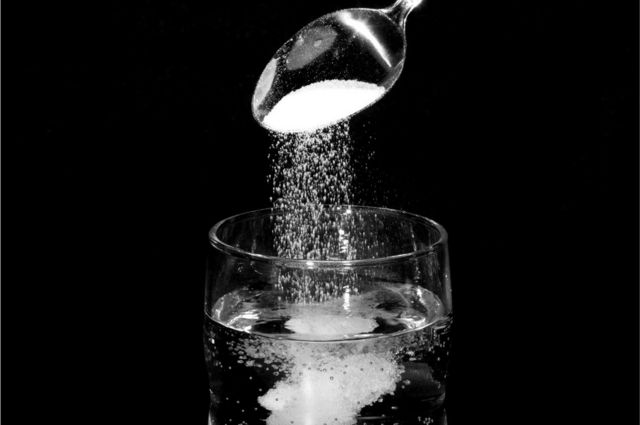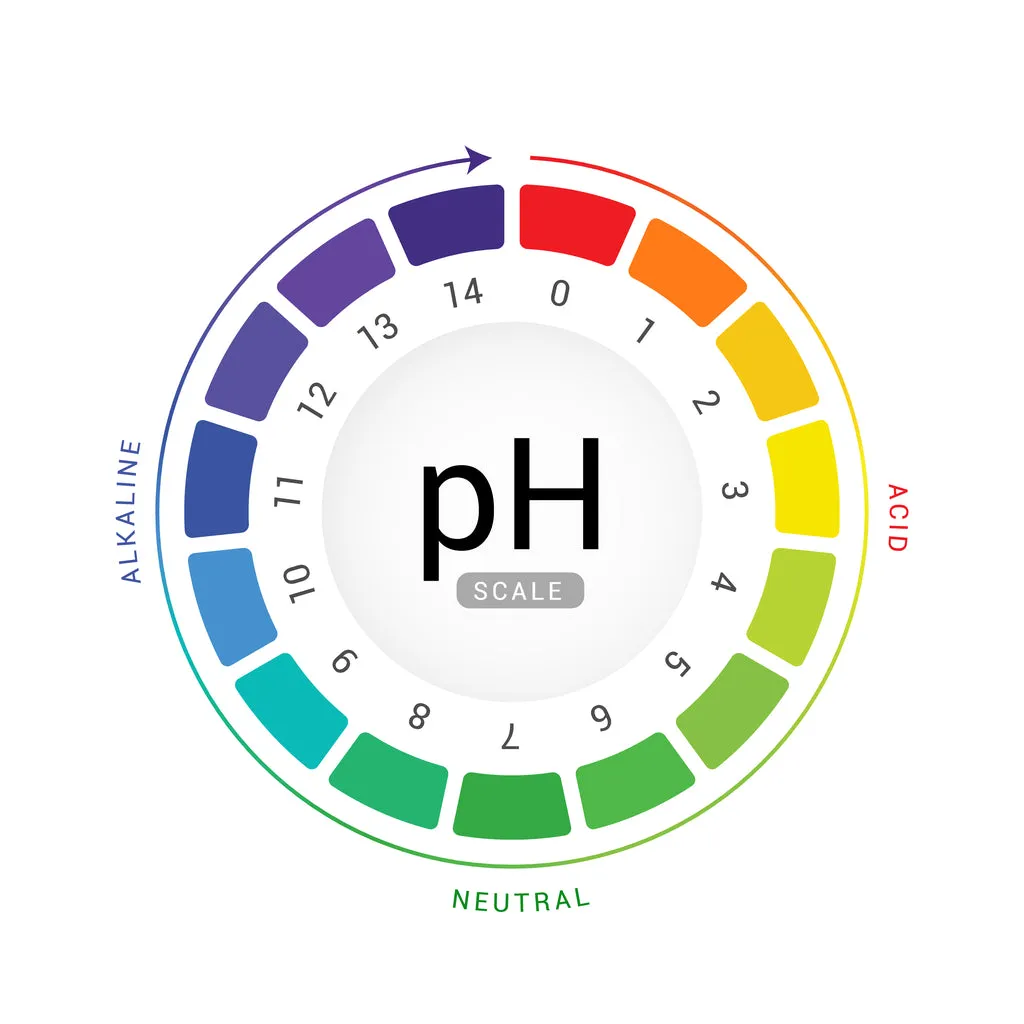Laboratory work №7: Le Chatelier Principle
In this lab you will learn how Le Chatelier’s principle can be applied to dissociation reactions Long-term plan section Subsections of the standard curriculum Learning objectives Reversible reactions Reversibility and irreversibility of chemical reactions. Chemical equilibrium. Laboratory experiment No. 7 “Chemical equilibrium shift” 9.3.3.1 know reversible and irreversible reactions; 9.3.3.2 describe the equilibrium as a dynamic process and predict the displacement of the chemical equilibrium according to the Le Chatelier Brown principle; 9.3.3.3 understand and distinguish the effect of changing conditions on the rate of chemical reaction and on the state of chemical equilibrium; 9.3.3.4 explain chemical equilibrium from the point of view of kinetic theory of particles
Laboratory work №7: Le Chatelier Principle Read More »






